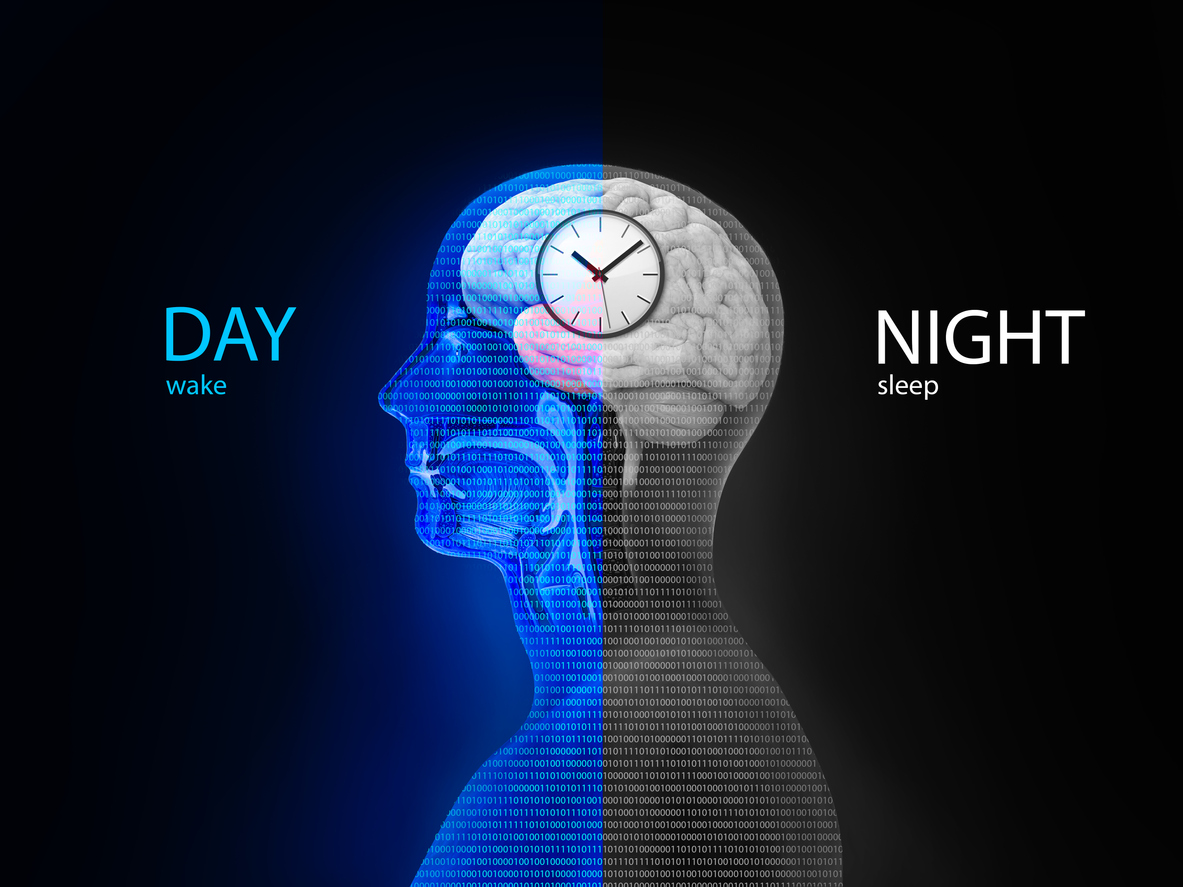Maintaining a balance in our cells and efficiently using energy is crucial for our health. One key aspect of achieving this balance is aligning with our body’s circadian rhythms. These rhythms are the body’s natural cycles, present in every living organism, and play a critical role in our health and function. This article delves into what circadian rhythms are, their importance, and how red light therapy can support these essential rhythms.
Understanding Circadian Rhythms
Circadian rhythm is a natural cycle occurring roughly every 24 hours in our bodies, influencing functions such as sleep, eating, and digestion. These rhythms are linked to the Earth’s rotation and its light/dark cycle, and are also embedded in our genetic makeup. For instance, humans are diurnal, active during the day and resting at night. Disrupting these rhythms can lead to health issues like sleep disturbances and metabolic problems.
Key Circadian Rhythms in Our Bodies
Based on circadian biology research, there are three core rhythms crucial for our wellbeing:
- Sleep: Proper sleep is essential for optimal health. Sleeping in sync with the natural day/night cycle is vital, as irregular sleep patterns can deteriorate sleep quality.
- Eating: Aligning our eating habits with circadian rhythms enhances the efficiency of digestion, nutrient absorption, and metabolism. It’s recommended to have an 8 to 10-hour eating window starting from the morning.
- Exercise and Recovery: Engaging in physical activities during the day complements our sleep and eating cycles. Exercising at night might conflict with our natural rhythms, affecting sleep and digestion.
Impact of Light on Circadian Rhythms
Light significantly influences our circadian rhythms. While natural light regulates these cycles, artificial lighting can disrupt them, particularly impacting sleep-related hormones. Cortisol, which wakes us up, and melatonin, which aids in sleep, are directly affected by light exposure. Excessive artificial light, especially blue light in the evenings, can hinder the production of these hormones, affecting sleep quality.
Red Light Therapy and Circadian Rhythms
Red light therapy emerges as an effective way to supplement the body’s light intake. Exposure to red light can support cellular function and energy production, aligning with our natural circadian rhythms. Using red light in the evenings or early mornings can serve as a softer alternative to bright, disruptive lights, aiding in better sleep and maintaining healthy circadian rhythms.
Conclusion
Adhering to circadian rhythms in aspects like sleep, diet, and physical activity is key to a balanced and healthy lifestyle. Light plays a pivotal role in these rhythms, and its proper management, including the use of red light therapy, can significantly enhance our overall wellbeing. By supporting our natural cycles with red light, we can foster better health and improved life quality.
About Passiva
Passiva is an innovative materials science company that provides a revolutionary biotech platform to cost-effectively bring device-free therapeutic red light capabilities as an added ingredient or component to everyday medical, cosmetic, or vision care products.

